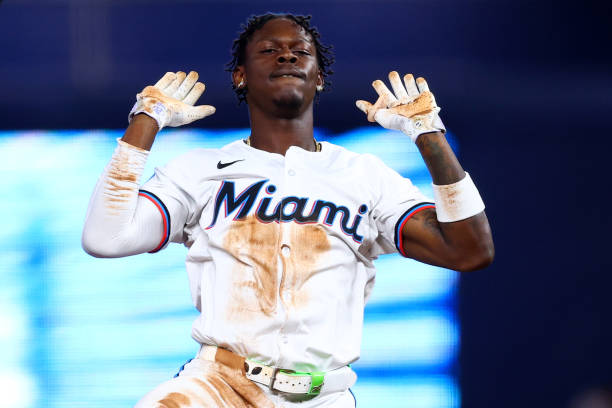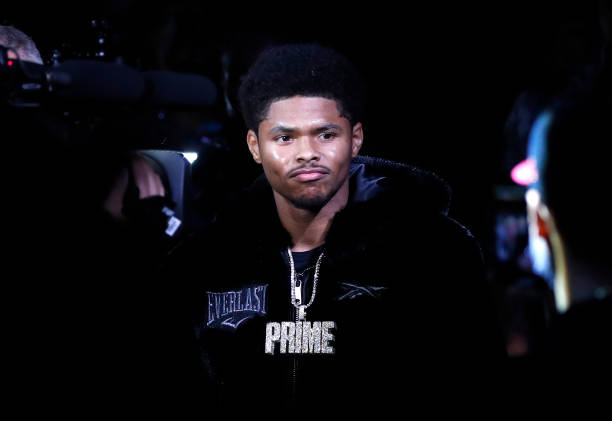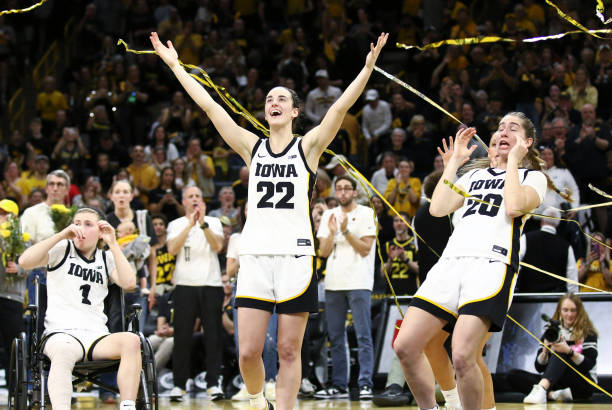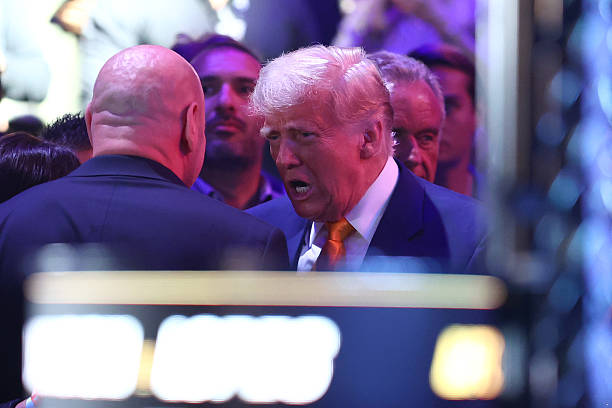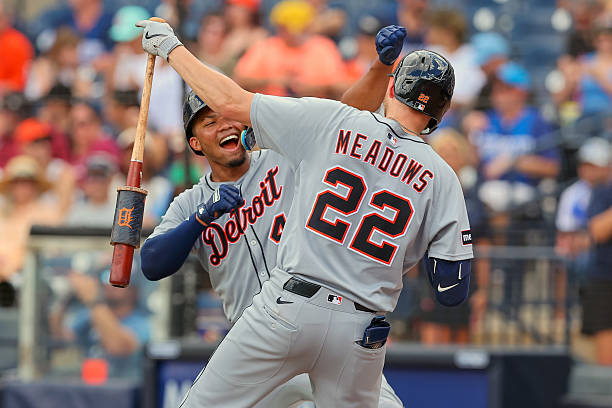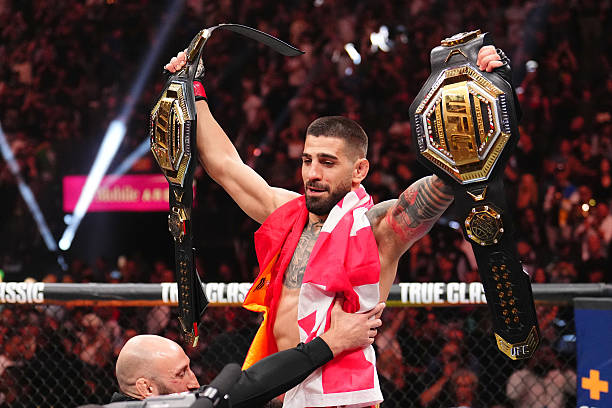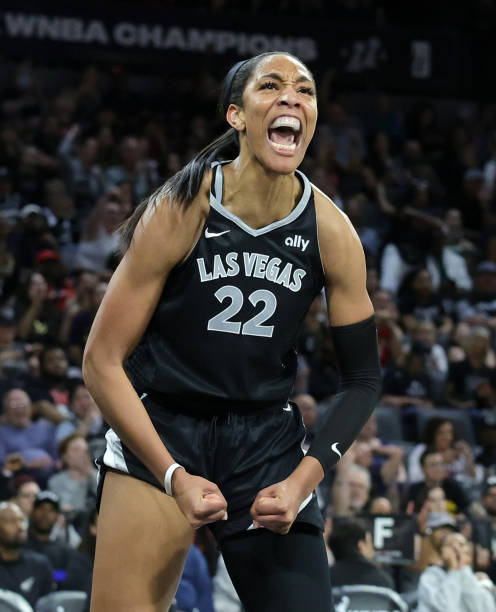The New York Yankees have made a significant defensive adjustment by moving their standout player, Jazz Chisholm Jr., back to second base. This change comes after Chisholm spent the last 28 games playing at third base. The decision was revealed by Yankees Manager Aaron Boone during a weekly podcast appearance. This move is expected to be permanent, barring any unforeseen circumstances. The Yankees are looking to optimize their defensive lineup, and the return of Chisholm to his natural position is a strategic step in that direction.
Background on the Move
Chisholm’s Season Start and Position Change
Jazz Chisholm Jr. began the season as the Yankees’ second baseman. However, after missing the month of May due to an oblique strain, he was moved to third base. This shift was necessitated by an injury to Oswaldo Cabrera, who had been the primary third baseman at the start of the season. DJ LeMahieu, who had been recovering from a foot injury, took over as the primary second baseman while Chisholm played at third.
Chisholm’s Training and Positional Preference
Chisholm had prepared specifically for the second base position during the offseason and spring training, as the Yankees had assured him it would be his primary position. Despite his preference and training for second base, Chisholm showed flexibility and willingness to play third base when required. In an interview with The Athletic, he expressed his understanding of the team’s needs:
“Everybody knows I’m a second baseman,” Chisholm said. “Of course, I want to play second base, but whatever it takes to help the team win. If that’s what the team chooses, that’s what I gotta do. I don’t write the lineups. You feel me?”
Performance Analysis
Defensive Metrics
Chisholm’s defensive performance at both positions provides insight into the decision to move him back to second base. At second base, he has recorded plus-3 outs above average, demonstrating his strong defensive capabilities. In contrast, at third base, he has a minus-3 outs above average, despite playing roughly the same number of innings. This indicates that while he has adapted well to third base through sheer athleticism, he is more effective at second base.
Physical Considerations
Another factor influencing the move is Chisholm’s recent shoulder discomfort. He has been dealing with an achy right shoulder, which affects his throwing but not his hitting. Moving back to second base means shorter throws and less strain on his shoulder, which can be beneficial for his overall performance and health.
Team Dynamics and Future Plans
LeMahieu’s Role
With Chisholm returning to second base, DJ LeMahieu, who had been playing there, will now be utilized differently. Boone has indicated that the Yankees have no plans to use LeMahieu at third base, where his arm strength is not as strong. Instead, LeMahieu will serve as a key bat off the bench, providing offensive support when needed.
Utility Player Oswald Peraza
The Yankees will rely on utility man Oswald Peraza to fill in at third base. Peraza’s versatility makes him a valuable asset for the team, allowing them to maintain a strong defensive lineup without compromising on offensive capabilities.
Frequently Asked Questions (FAQ)
Why is Jazz Chisholm Jr. being moved back to second base?
Jazz Chisholm Jr. is being moved back to second base primarily due to his superior defensive performance at that position. He has recorded plus-3 outs above average at second base compared to minus-3 at third base. Additionally, his recent shoulder discomfort makes the shorter throws at second base more manageable, reducing strain on his arm.
How did Chisholm feel about playing third base?
Chisholm expressed that while he prefers playing second base, he is willing to play wherever the team needs him. He understands the importance of flexibility and contributing to the team’s success, even if it means adapting to a less familiar position.
What will DJ LeMahieu’s role be now?
DJ LeMahieu, who had been playing second base, will now be utilized as a key bat off the bench. The Yankees have no plans to use him at third base, where his arm strength is not as strong. Instead, they will rely on utility man Oswald Peraza to fill in at third base.
How has Chisholm’s performance been since returning from injury?
Since returning from his oblique injury, Chisholm has been hitting .308/.380/.589 with eight home runs in 29 games. He attributes his post-injury success to playing with a little less intensity, which has helped him maintain a high level of performance.
Conclusion
The New York Yankees’ decision to move Jazz Chisholm Jr. back to second base is a strategic move aimed at optimizing their defensive lineup. Chisholm’s superior performance at second base, combined with his recent shoulder discomfort, makes this move both logical and necessary. The Yankees will continue to rely on the versatility of their players, such as Oswald Peraza, to fill in at third base, while DJ LeMahieu will provide offensive support from the bench. This reconfiguration is expected to enhance the team’s overall performance and contribute to their success on the field.
